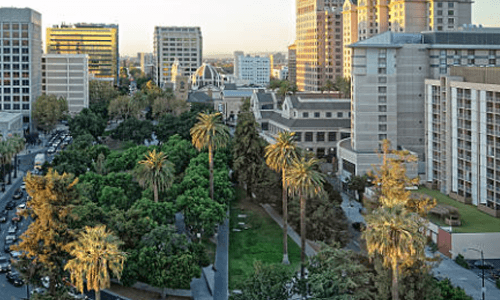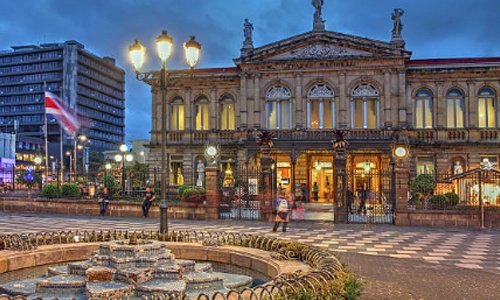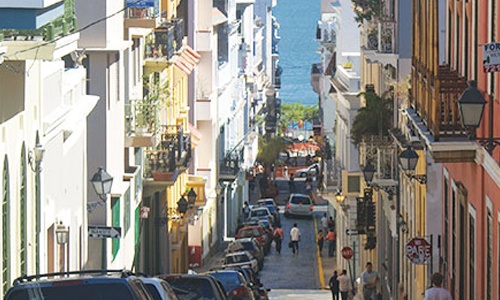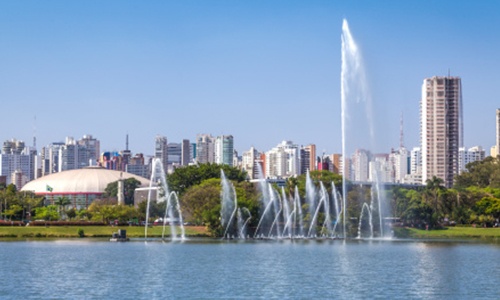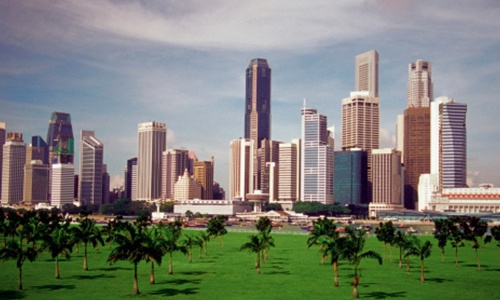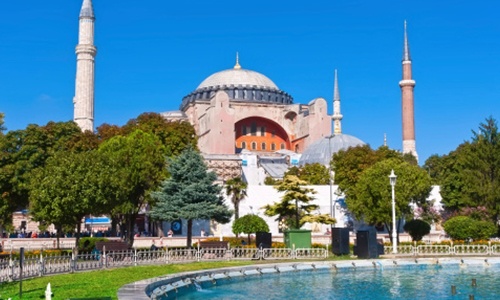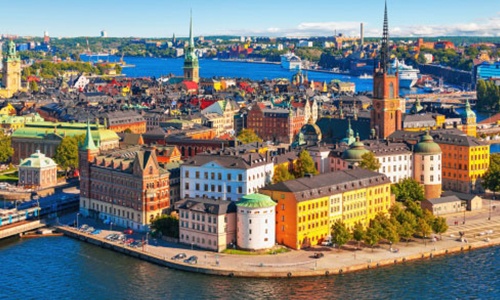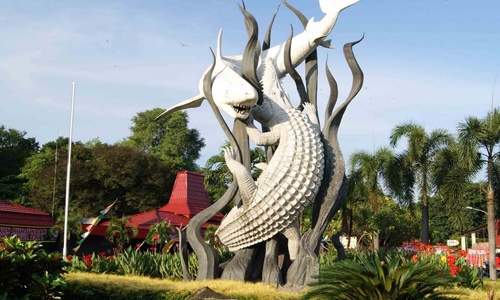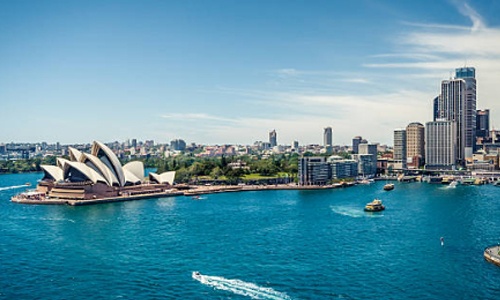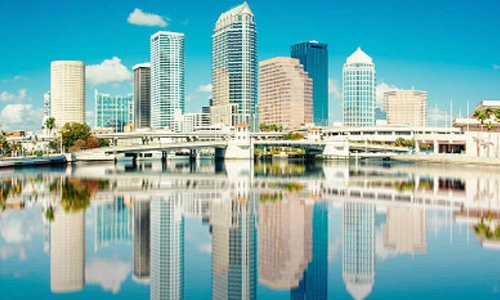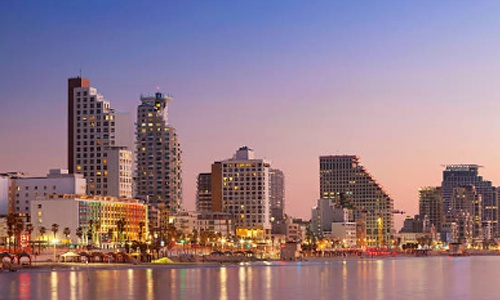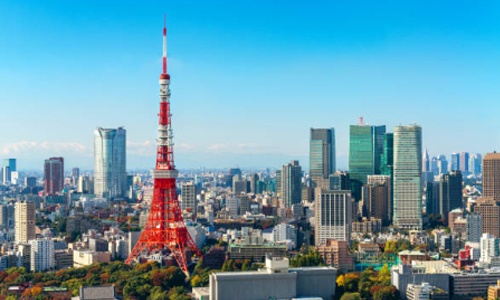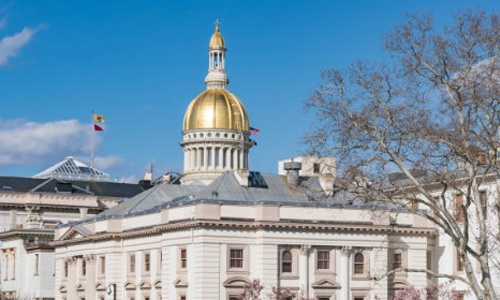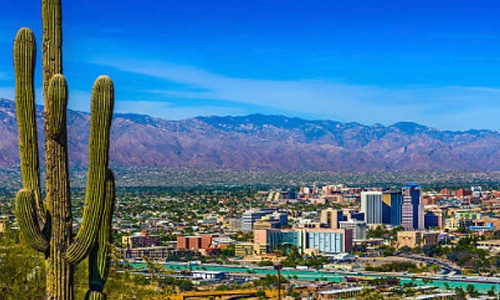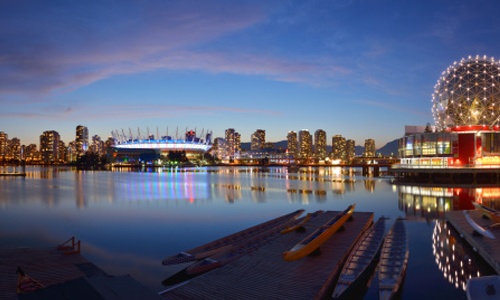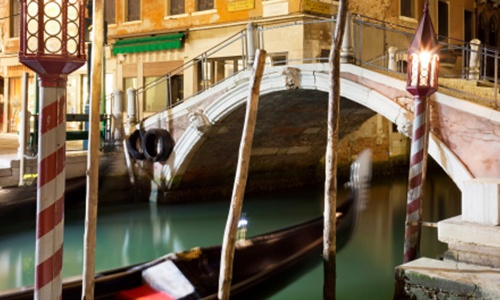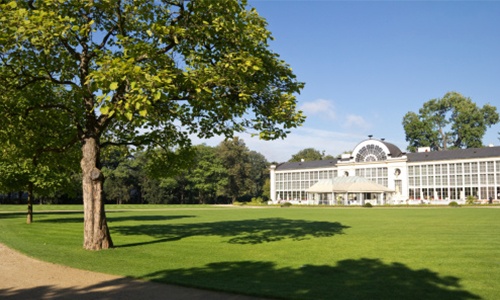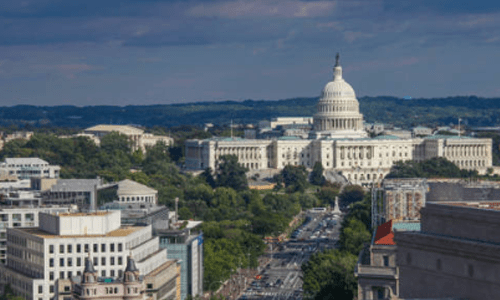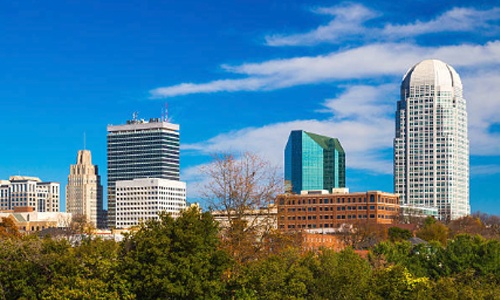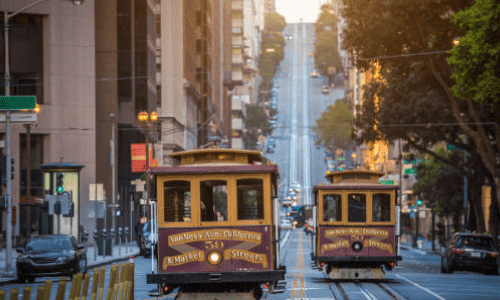
San Francisco, CA
Tourism, the city’s largest private-sector employer, is the backbone of the San Francisco economy. Its frequent portrayal in music, film, and popular culture has made the city and its landmarks recognizable worldwide. Small businesses with fewer than 10 employees and self-employed firms make up 85% of city establishments as lately, it has been particularly popular with entrepreneurs establishing “start-up” companies. Many large financial institutions, multinational banks and venture capital firms are based in or have regional headquarters in the city. With over 30 international financial institutions, seven Fortune 500 companies, and a large support infrastructure of professional services – including law, public relations, architecture and design. San Francisco’s economy has increasingly become tied to San Jose and Silicon Valley, its neighbors to the south, sharing the need for highly educated workers with specialized skills. San Francisco has been positioning itself as a biotechnology and biomedical hub and research center. The Mission Bay neighborhood, site of a second campus of UCSF, fosters a budding industry and serves as headquarters of the California Institute for Regenerative Medicine, the public agency funding stem cell research programs state-wide.






